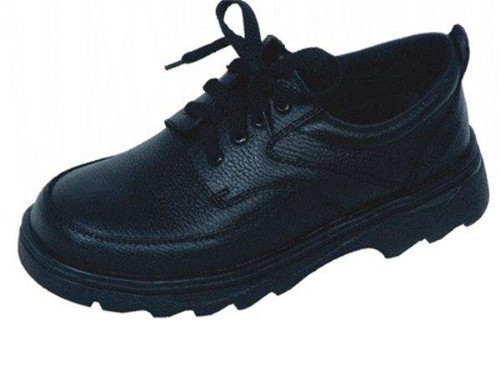First: Traditional cold-adhesive molding: The upper of work shoes is shaped with plastic last panbang, then pre-grinded and roughened, treated with a treatment agent and potion, and then pasted with a glued outsole to form a synthetic shape. If the outsole has a grooved structure, in order to achieve better prevention of gluing, a large bottom line along the grooved car can be used to strengthen the structure of the work shoe. Safety shoes with rubber outsoles generally adopt cold glue. Advantages: fine workmanship, better shoes. Disadvantages: small daily output and high price.
Two: PU injection molding: After the upper of the work shoe is climbed, it is fixed on the injection head of the PU injection molding machine, after pre-grinding, roughing, applying the glue, put it in the corresponding bottom mold, and then inject the liquid PU. Curing and molding. Advantages: large output and low price. Disadvantages: If there are many styles, it is more troublesome to change the mold. PU injection safety shoes have become one of the more popular work shoe practices.
Three: Goodyear’s approach: It is a special sole processing technology. Adopt advanced seam and glue technology, use welts and rubber midsole to tightly combine the upper and the sole, then edging, finishing and shaping. Advantages: The work shoes are exquisite and high-end. Disadvantages: The procedure is complicated, the cost is high, and the work shoes are expensive.





